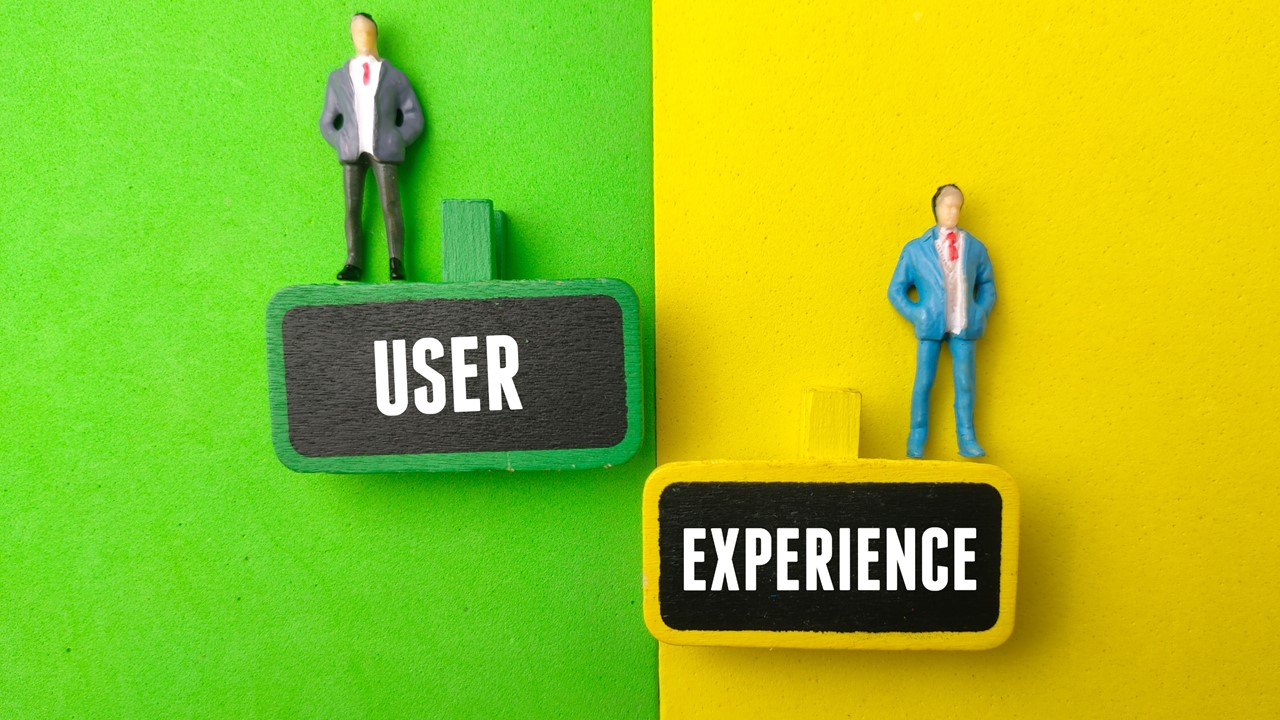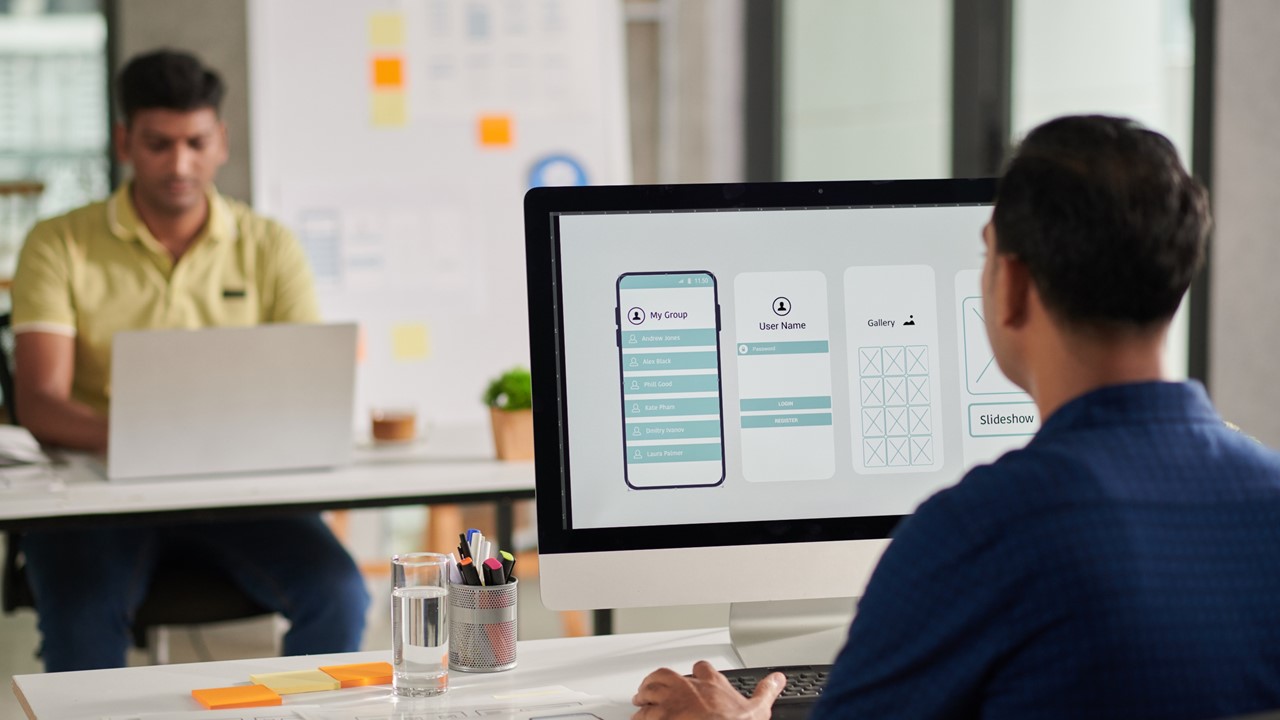UX and Design Thinking play crucial roles in application design projects. Here’s why they are important: User-Centered Approach: UX (User Experience) and Design Thinking focus on understanding users and their needs. By adopting a user-centered approach, application designers can create products that are intuitive, easy to use, and provide a positive experience for the target […]
Continue Reading
The UX (User Experience) design process involves understanding users’ needs, creating intuitive and effective designs, and iteratively refining those designs based on user feedback. Here are the typical steps involved in the UX design process, along with practical examples: Research and User Analysis: Identify the target audience and gather information about their preferences, behaviors, and […]
Continue Reading
TRIZ (Theory of Inventive Problem Solving) is a problem-solving methodology that aims to assist individuals and organizations in generating innovative solutions to complex problems. It was developed by Genrich Altshuller, a Russian engineer and inventor, in the mid-20th century. TRIZ is based on the idea that there are universal principles that can be applied to […]
Continue Reading
The term “prototype” can have different meanings depending on the context. Generally, a prototype refers to a preliminary or initial version of a product, system, or idea. It is typically created to test and evaluate concepts, functionalities, and designs before the final version is developed. In the field of product development, a prototype can be […]
Continue Reading
Stakeholder analysis is a process that helps identify and understand the individuals, groups, or organizations that have an interest in or are affected by a particular project, initiative, or decision. Conducting stakeholder analysis is crucial for effective stakeholder management and ensuring project success. Here’s a step-by-step guide on how to conduct stakeholder analysis: Identify the […]
Continue Reading
A business hypothesis is a statement or assumption made by a business or entrepreneur about a particular aspect of their business. It is typically formulated as an if-then statement and serves as a starting point for testing and validating ideas. Let’s consider an example to illustrate this concept: Hypothesis: If we offer a discount on […]
Continue Reading
Design thinking, a problem-solving approach that emphasizes empathy, ideation, prototyping, and iteration, can be effectively applied in the field of strategy and innovation. Here are some ways in which design thinking can be used in this context: Customer-Centric Strategy Development: Design thinking starts with understanding the needs and desires of customers. By applying design thinking […]
Continue Reading
Design thinking is a problem-solving approach that is used by various individuals and organizations across different industries. Here are some examples of who uses design thinking: Designers: Designers, including graphic designers, industrial designers, and user experience (UX) designers, often apply design thinking principles to create innovative and user-centered solutions. Product Managers: Product managers use design […]
Continue Reading
Here’s an example to illustrate how Pareto’s law can be applied in prioritizing and ordering problems: Let’s say you’re a manager in a software development company, and you want to improve the overall efficiency and productivity of your team. You have identified several potential issues that could be hindering their performance: Poor code documentation Inadequate […]
Continue Reading
Pareto’s law, also known as the 80/20 rule or the principle of the vital few, states that for many events, roughly 80% of the effects come from 20% of the causes. This principle was named after Italian economist Vilfredo Pareto, who observed this pattern in wealth distribution in society. Pareto’s law has been found to […]
Continue Reading
Building branding and customer loyalty through experience design involves creating meaningful and memorable interactions with your customers. Here are some steps to help you achieve this: Define your brand: Start by clearly defining your brand identity, values, and positioning. Understand what sets your brand apart and how you want to be perceived by your target […]
Continue Reading
Design thinking is an iterative problem-solving method that focuses on understanding user needs, generating creative ideas, and prototyping and testing solutions. While the specific stages may vary depending on the source or framework, here are the key stages commonly associated with the design thinking method: Empathize: This stage involves gaining a deep understanding of the […]
Continue Reading